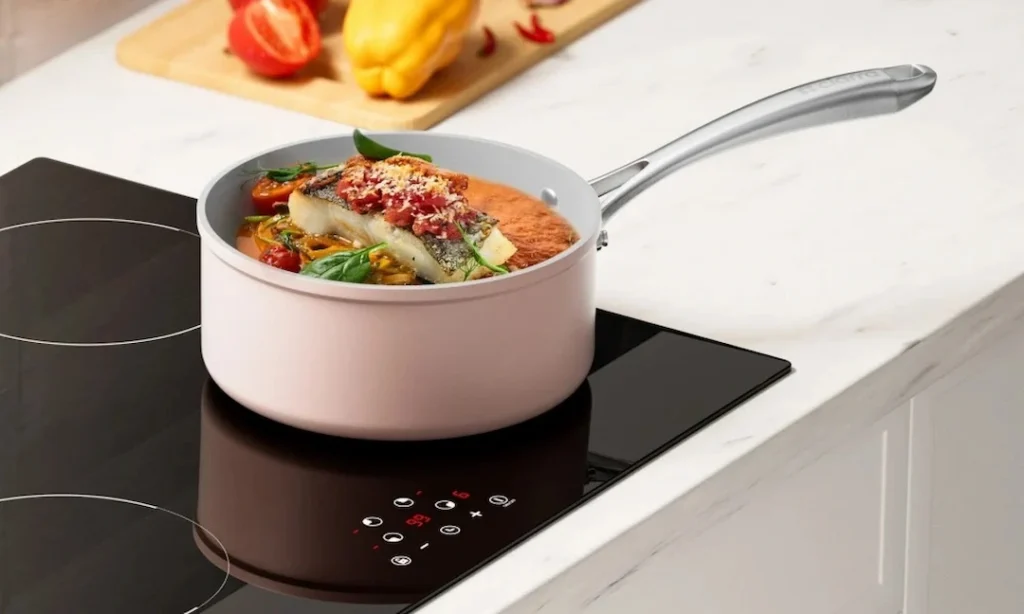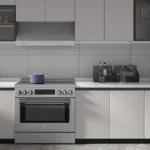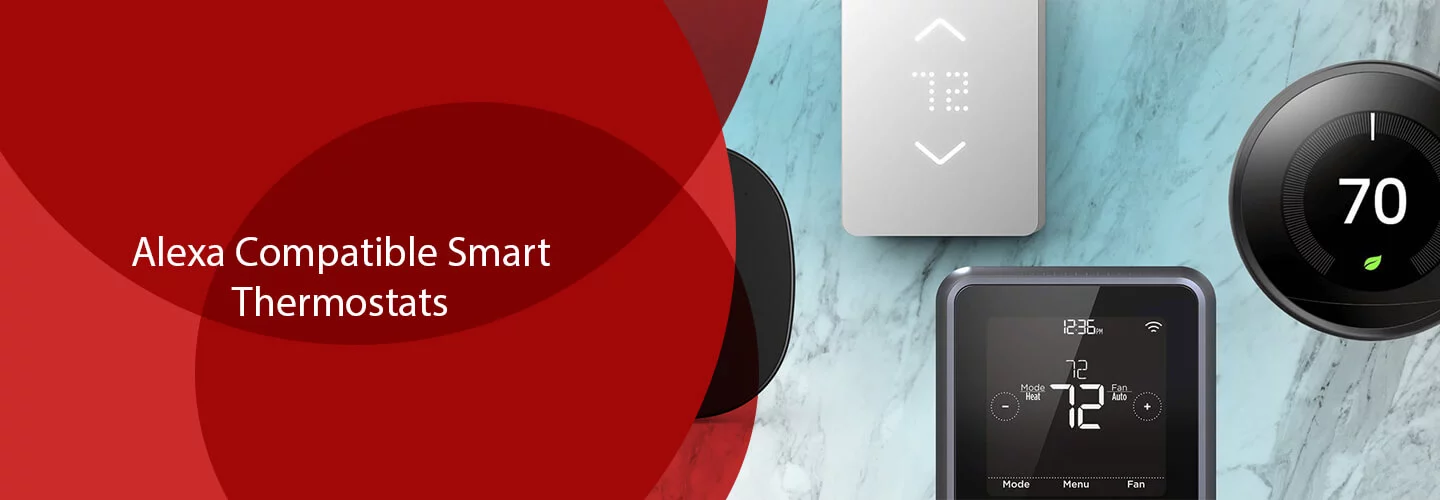Modern kitchens have evolved far beyond traditional gas burners, embracing sleek, efficient, and easy-to-clean alternatives. Among these innovations, the ceramic hob has become a top choice for many homeowners seeking both performance and style. But what exactly is a ceramic hob, and why are more people switching to it?

Content
Understanding What a Ceramic Hob Is
A ceramic hob is an electric cooktop featuring a smooth, heat-resistant glass surface. Beneath this glass layer are heating elements—usually radiant or halogen—that quickly heat up the cooking zone. When turned on, the area glows red to indicate it’s active, and heat is transferred directly to the base of the cookware.
Unlike gas cooktops that rely on an open flame, ceramic hobs use infrared radiation to heat pans evenly and efficiently. The surface remains flat and glossy, making it not only visually appealing but also practical for modern kitchens that value a minimalist design.
Key Features of Ceramic Hobs
- Sleek Design – The flat glass surface gives your kitchen a seamless, modern look. It fits flush with countertops, enhancing the overall aesthetic.
- Ease of Cleaning – With no grates or burners, cleaning a ceramic hob is as easy as wiping it with a damp cloth once it has cooled.
- Even Heat Distribution – The heating elements spread warmth evenly across the surface, reducing the risk of hot spots and uneven cooking.
- Safety Indicators – Most ceramic hobs feature residual heat indicators that glow until the surface cools down, minimizing burn risks.
- Versatility – These hobs work with a wide range of cookware materials—unlike induction hobs, which require magnetic pans.
Advantages of Using a Ceramic Hob
One of the biggest draws of a ceramic hob is its efficiency and speed. The elements heat up quickly, helping you boil water or cook meals faster than with traditional electric stoves. Additionally, the consistent heat output makes it easier to achieve precise results when frying, simmering, or sautéing.
Another benefit is aesthetics. The clean, reflective surface blends effortlessly into any kitchen decor—whether it’s minimalist, contemporary, or classic. For small kitchens, a ceramic hob can make the cooking area appear larger and more organized.
Lastly, the affordability of ceramic hobs compared to induction models makes them a practical upgrade for many households. They deliver a similar modern appearance and performance without the premium price tag.
Are There Any Drawbacks?
Like any appliance, ceramic hobs have a few considerations. The glass surface, though durable, can scratch if abrasive cookware or cleaning tools are used. It’s also important to avoid spilling sugary substances while cooking, as they can cause permanent marks if left to burn.
Additionally, while ceramic hobs retain heat longer than gas or induction models, that can be a double-edged sword—helpful for keeping food warm, but something to handle carefully when cleaning or touching the surface afterward.
Tips for Maintaining a Ceramic Hob
To extend the life and beauty of your ceramic hob, follow these care tips:
- Clean after each use: Once the hob has cooled, wipe away spills immediately to prevent staining.
- Use soft sponges or hob scrapers: Avoid steel wool or harsh pads that could scratch the surface.
- Choose flat-bottomed cookware: Pans with smooth bases distribute heat evenly and prevent surface damage.
- Avoid dragging pots: Lift cookware instead of sliding it to keep the glass scratch-free.
These small steps help keep your hob looking brand new while ensuring consistent performance over time.
Ceramic Hob vs. Induction Hob
Many people confuse ceramic hobs with induction hobs, but they’re quite different in how they generate heat. Induction models use magnetic fields to directly heat the pan, leaving the surface cool to the touch. Ceramic hobs, on the other hand, use radiant heat from coils beneath the glass.
Induction hobs are slightly more energy-efficient, but ceramic hobs offer broader cookware compatibility and usually cost less. For most home cooks, the difference in performance is subtle—making ceramic hobs a balanced choice between price, functionality, and style.
Why Ceramic Hobs Are Trending
The rising popularity of ceramic hobs reflects a broader shift toward smart, efficient kitchen solutions. They combine energy efficiency, aesthetic appeal, and ease of use—qualities that modern homeowners value. Whether you’re remodeling your kitchen or replacing an outdated stove, a ceramic hob can instantly elevate the cooking experience.
Even popular online appliance retailers like Ciarra Gadgets feature dedicated categories for ceramic hobs, showing the growing consumer interest in this technology. Their widespread availability underscores how ceramic hobs have become a staple in contemporary kitchen design.
Final Thoughts
The ceramic hob represents a perfect blend of innovation and practicality. It offers a fast, stylish, and easy-to-maintain cooking solution for everyday needs. While it may not be as advanced as induction technology, its performance, affordability, and design appeal make it an excellent option for modern kitchens.
As cooking spaces continue to evolve, ceramic hobs are proving to be more than a trend—they’re a lasting feature in homes that value both form and function.

Amber is a home blogger who loves to share her experiences with others. She likes being motivated and encourages people to be the best they can be.





